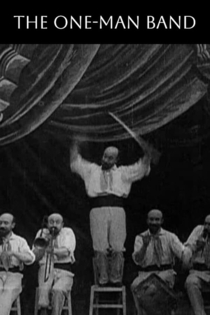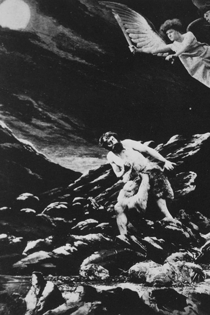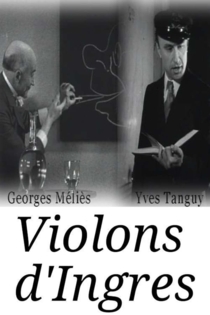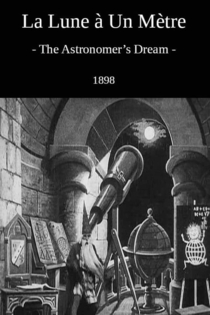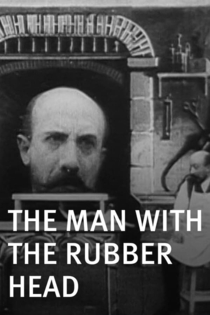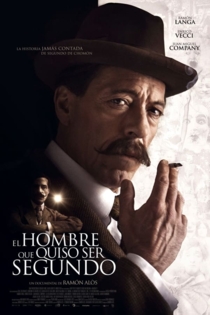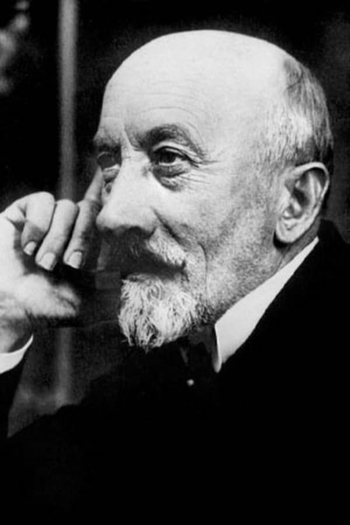
Georges Méliès
1861 - 1938Two of his best-known films are A Trip to the Moon (1902) and The Impossible Voyage (1904). Both stories involve strange, surreal voyages, somewhat in the style of Jules Verne, and are considered among the most important early science fiction films, though their approach is closer to fantasy. Méliès was also an early pioneer of horror cinema, which can be traced back to his Le Manoir du diable (1896).
In early 1909 Méliès stopped making films to protest Thomas Edison's Motion Pictures Parents Company monopoly, and presided over the first meeting of the International Filmmakers Congress in Paris. Further financial hardships created by his opposition to Edison and diminishing influence, Méliès disappeared from public life. By the mid-1920s he made a meager living as a candy and toy salesma in Paris, with the assistance of funds collected by other filmmakers. Although he was recognized for his contributions in cinema, Méliès spent most of his later years in poverty before being accepted into La Maison du Retraite du Cinéma, the film industry's retirement home in Orly.
A Trip to the Moon
Georges Méliès
Georges Méliès, Bleuette Bernon
Professor Barbenfouillis and five of his colleagues from the Academy of Astronomy travel to the Moon aboard a rocket propelled by a giant cannon. Once on the lunar surface, the bold explorers face the many perils hidden in the caves of the mysterious planet.
A Trip to the Moon
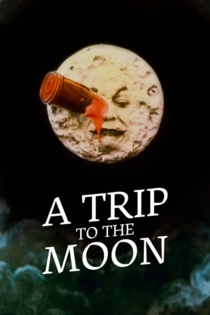
Le Mystère Méliès
Eric Lange
Leonard Maltin, Serge Bromberg
A documentary that details the process of restoring 270 of the 520 lost films of pioneering director Georges Méliès, all orchestrated by a Franco-American collaboration between Lobster Films, the National Film Center, and the Library of Congress.
The Méliès Mystery

Un homme de têtes
Georges Méliès
Georges Méliès
One of the greatest of black art pictures. The conjurer appears before the audience, with his head in its proper place. He then removes his head, and throwing it in the air, it appears on the table opposite another head, and both detached heads sing in unison. The conjurer then removes it a third time. You then see all three of his heads, which are exact duplicates, upon the table at one time, while the conjurer again stands before the audience with his head perfectly intact, singing in unison with the three heads upon the table. He closes the picture by bowing himself from the stage.
The Four Troublesome Heads
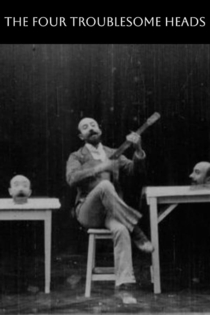
Le Voyage extraordinaire
Eric Lange, Serge Bromberg
Costa-Gavras, Jean-Pierre Jeunet
An account of the extraordinary life of film pioneer Georges Méliès (1861-1938) and the amazing story of the copy in color of his masterpiece “A Trip to the Moon” (1902), unexpectedly found in Spain and restored thanks to the heroic efforts of a group of true cinema lovers.
The Extraordinary Voyage

Le royaume des fées
Georges Méliès
Georges Méliès, Marguerite Thévenard
At the royal court, a prince is presenting the princess whom he is pledged to marry when a witch suddenly appears. Though driven off, the witch soon returns, summons some of her servants, and carries off the princess. A rescue party is quickly organized, but the unfortunate captive has been taken to a strange, forbidding realm, from where it will be impossible to rescue her without some special help.
The Kingdom of the Fairies
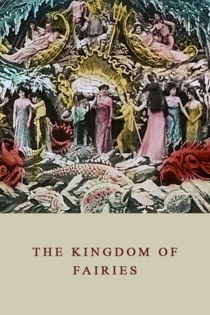
Une indigestion
Georges Méliès
In this film, we show the interior of a doctor's office. A patient enters, and judging from the expression on his face, he is in great pain. The doctor tells him that he is troubled with acute indigestion, and immediately places him upon the operating table. He begins his treatment by cutting off the patient's arms and legs with a huge saw. After removing these members, he takes a large knife and makes an incision in the unfortunate's stomach large enough to put his arm in. He then removes such things as bottles, knives and forks, lamps and other articles of furniture from the patient's body ...
Une indigestion

L'Homme orchestre
Georges Méliès
Georges Méliès
A band-leader has arranged seven chairs for the members of his band. When he sits down in the first chair, a cymbal player appears in the same chair, then rises and sits in the next chair. As the cymbal player sits down, a drummer appears in the second chair, and then likewise moves on to the third chair. In this way, an entire band is soon formed, and is then ready to perform.
The One-Man Band
